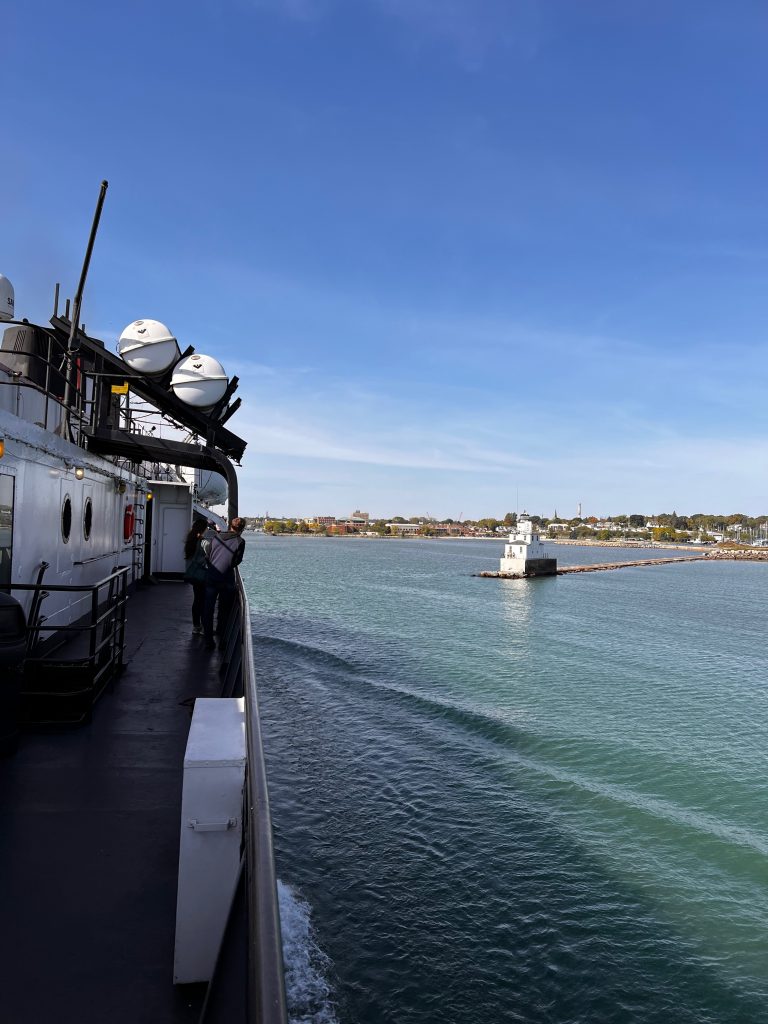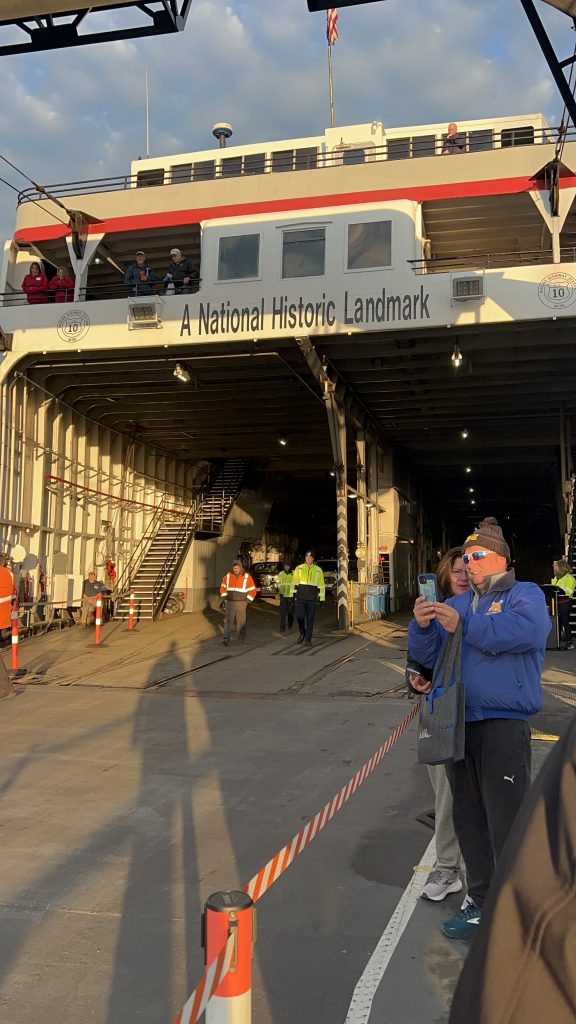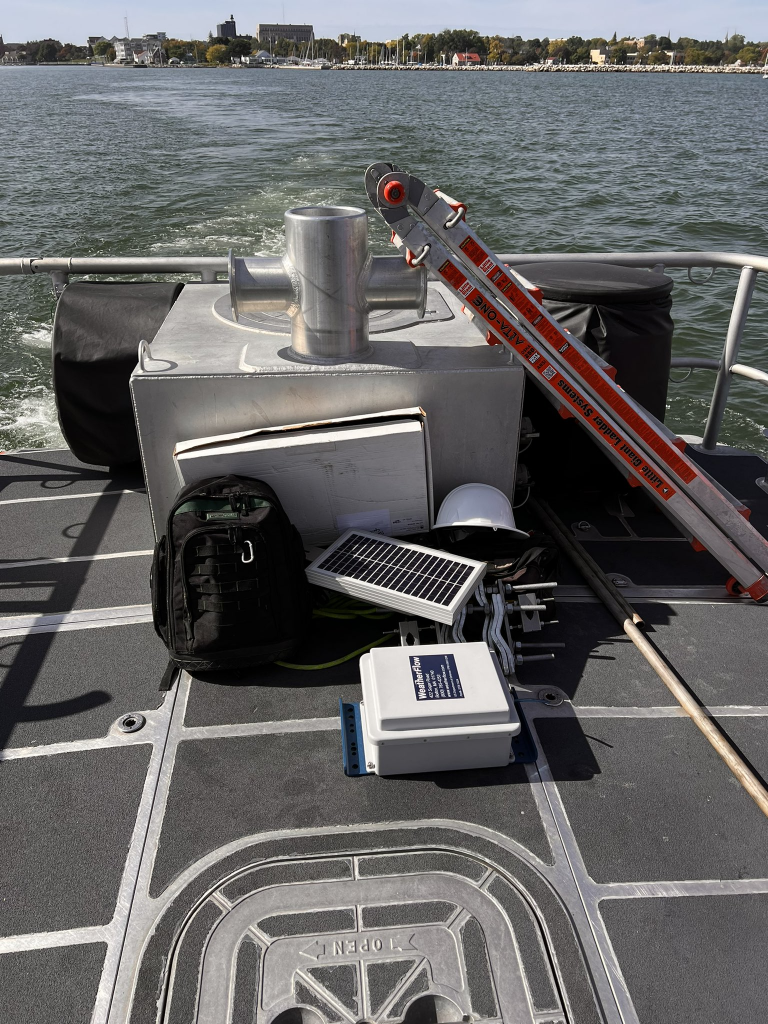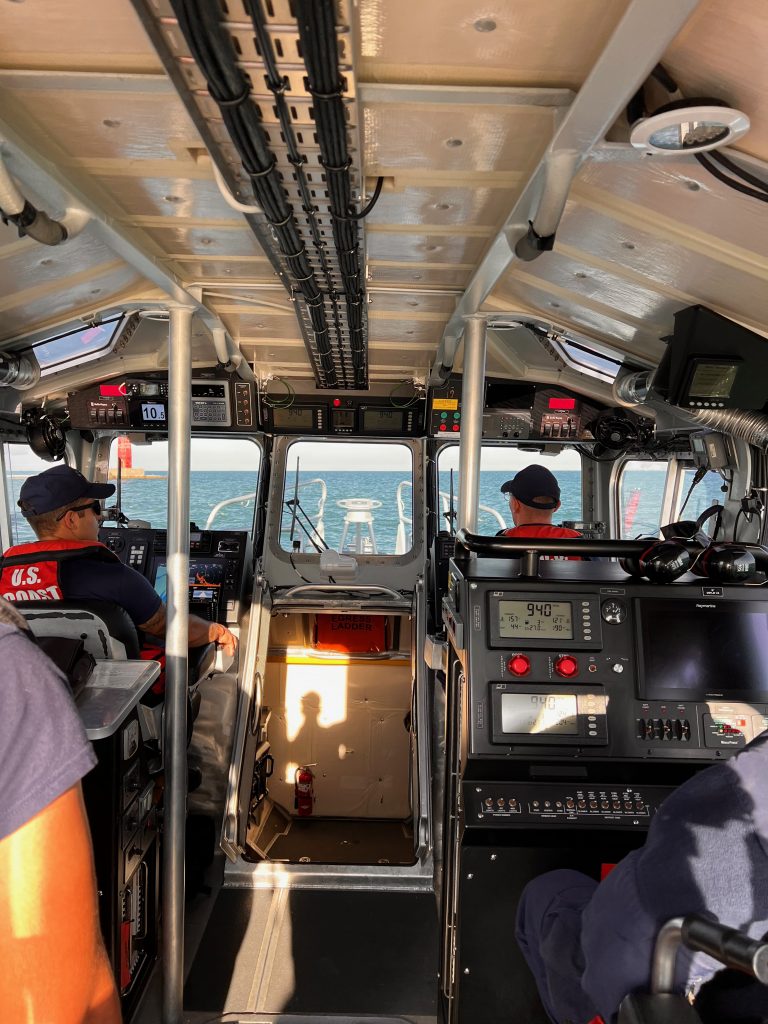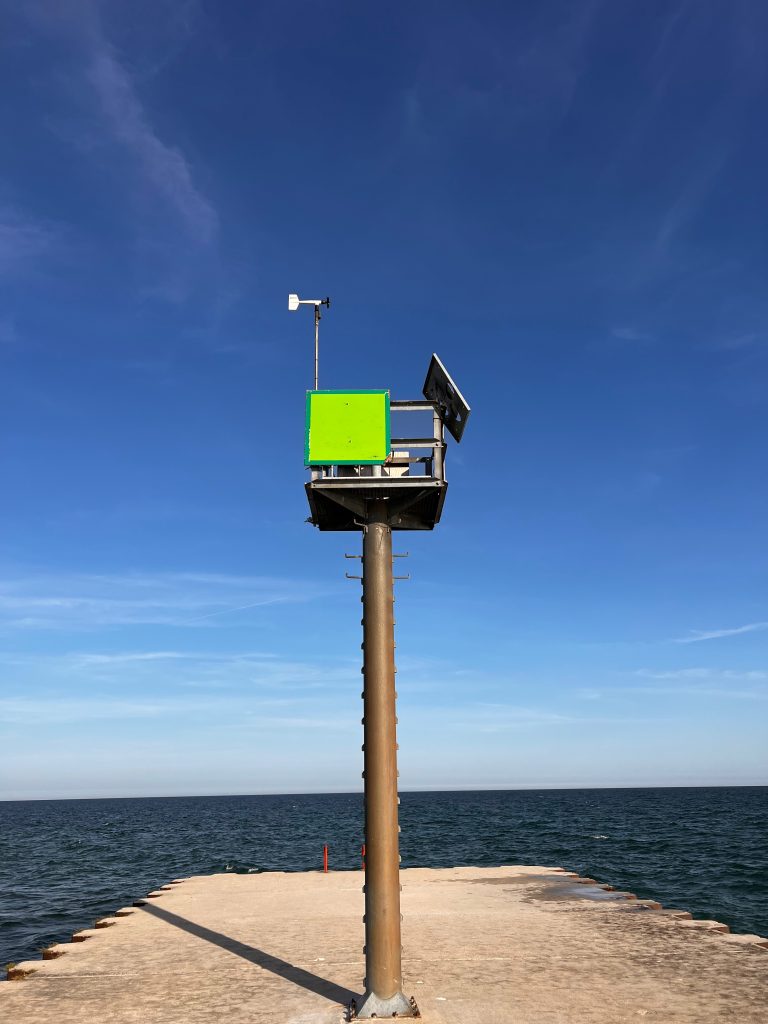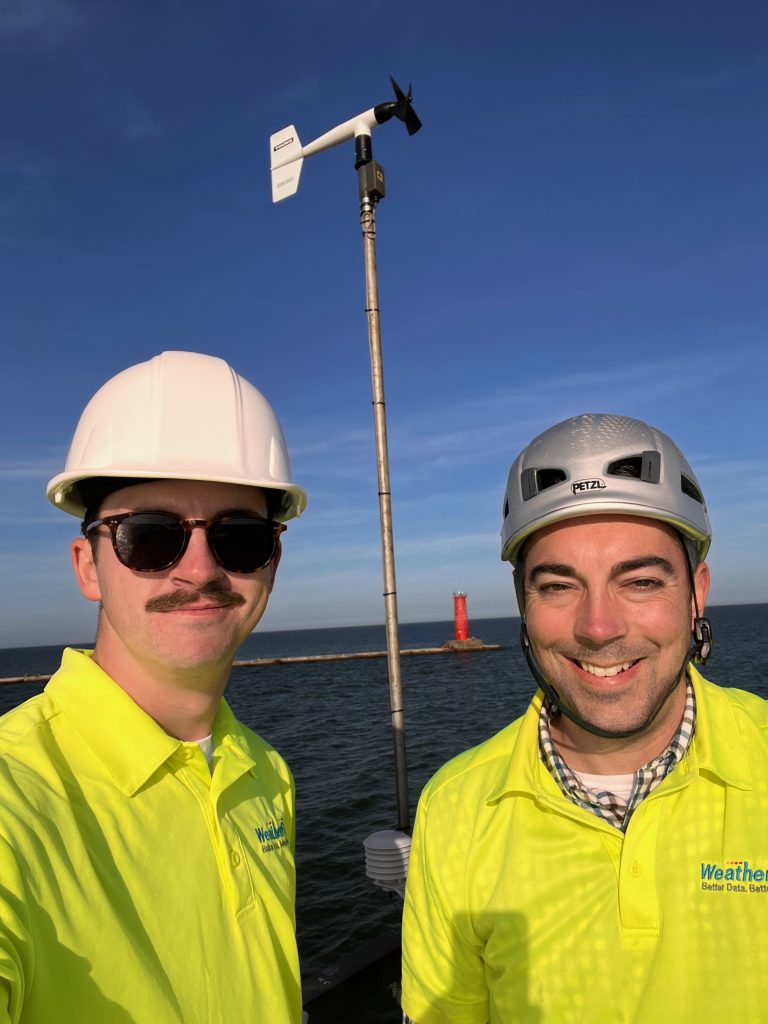Background
WeatherFlow has over 550 professional-grade weather stations across North America and beyond. These are essentially the backbone of our company, and we lean on them to provide end-users and our team with high-quality weather data in coastal environments. Perhaps you have asked: “How does WeatherFlow make these stations?” Well, you’re in luck! I recently joined Benjamin Miller on a trip to install a new ProNet station in Sheboygan, WI. Here is our story …
Over many years, we at WeatherFlow have worked closely with the United States Coast Guard. We have built a relationship that has allowed us to install many of our ProNet weather stations upon USCG aids to navigation. This has enabled us to provide an even richer dataset in complex marine environments, resulting in an ever-growing network of reliable, high-quality weather data collected from highly exposed coastal locations.
Before making our trip to Sheboygan, materials needed to be gathered before we departed. Our sensor maintenance team in Bolton, MA, shipped nearly 100 lbs of equipment, including an RM Young wind vane, solar panel, mounting brackets, temperature sensor, and a few other critical components. We also locally sourced a 4′ and 10′ stainless steel mast from a distributor in West Michigan. Once the equipment/materials were in our possession, we packed Ben’s Ford Explorer with a 22′ ladder, multiple tool kits, and protective equipment before departing to the docks in Ludington, MI.
Installing the ProNet
After arriving in Ludington, MI, Ben and I boarded the S.S. Badger, a ferry built in 1952 that is named after the mascot of the University of Wisconsin. The ship once supported the Chesapeake & Ohio Railroad (C & O), but now its primary purpose is to transport passengers, automobiles, and truck freight to Manitowoc, WI. Our car was driven onto the ship while we headed for the main cabin to play a few rounds of the Badger’s world-famous bingo. The lake crossing took about four hours, and after we exited the ship, our car was waiting for us in the loading zone. An hour-long drive south to the Sheboygan and a quick lunch set us up perfectly for an afternoon installation.
We parked at the US Coast Guard Sheboygan office, unloaded our gear, and the local boat station transported us to the South Pierhead. Placing our equipment at the base of the aid-to-navigation light was no small task, as Ben and I worked together to secure our ladder while I climbed into the cage to secure a rope. With Ben on the ground and myself in the air, he tied pieces of equipment to the rope, and I carefully pulled them into the cage. Once all of the tools/equipment were in the cage, Ben and I attached our mounts, installed the 4′ & 10′ masts, attached the solar panel & temperature sensor, and completed the installation by ensuring the 4G cell signal from the station reported to our internal server. Ben and I successfully installed our newest ProNet station Sheboygan South Pierhead in under four hours!

